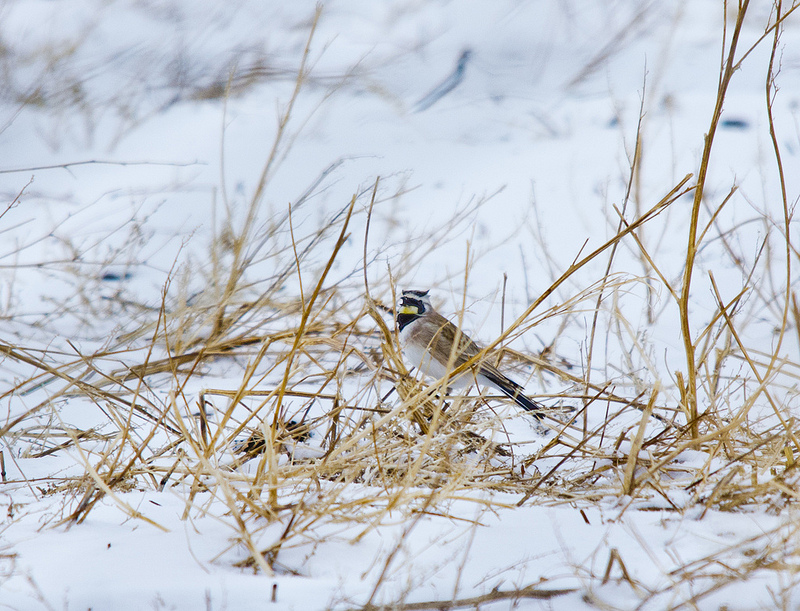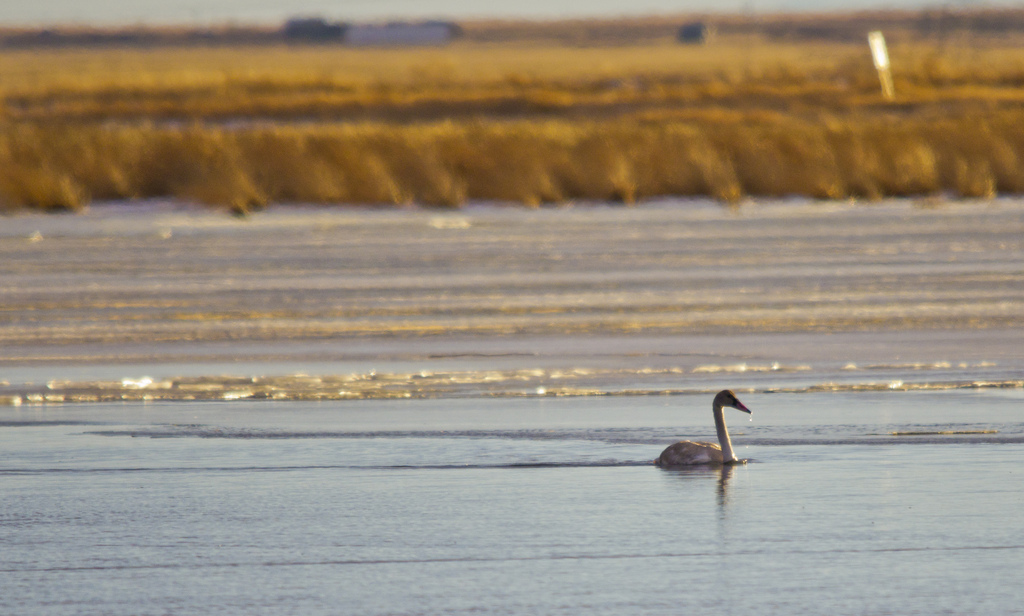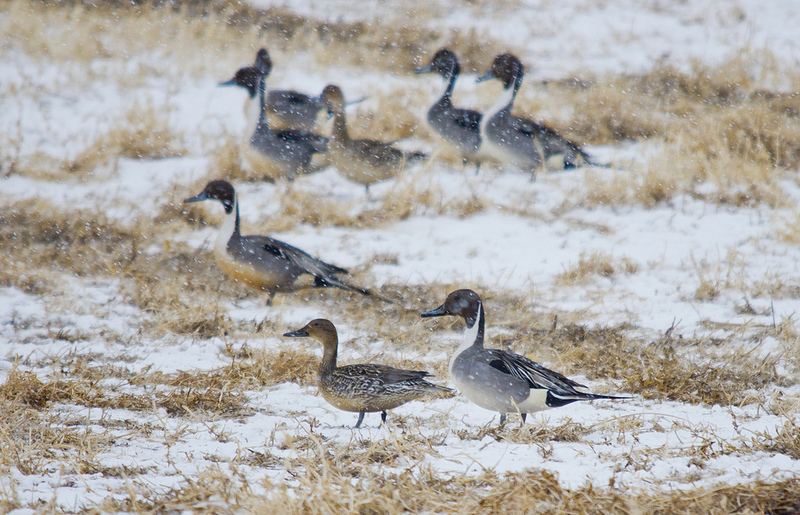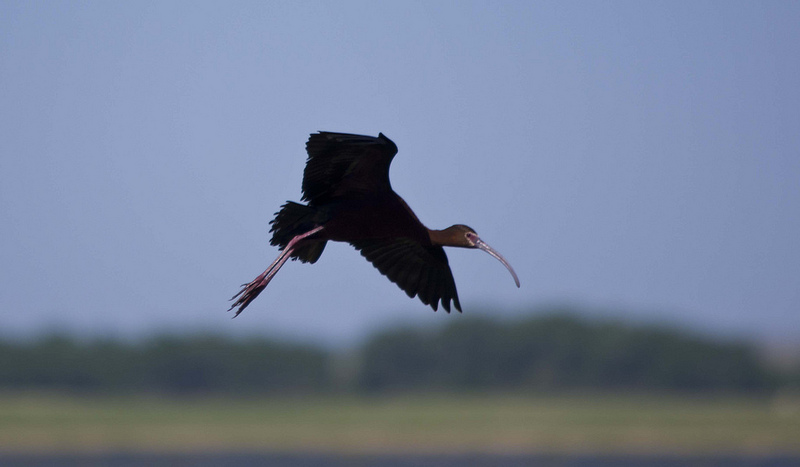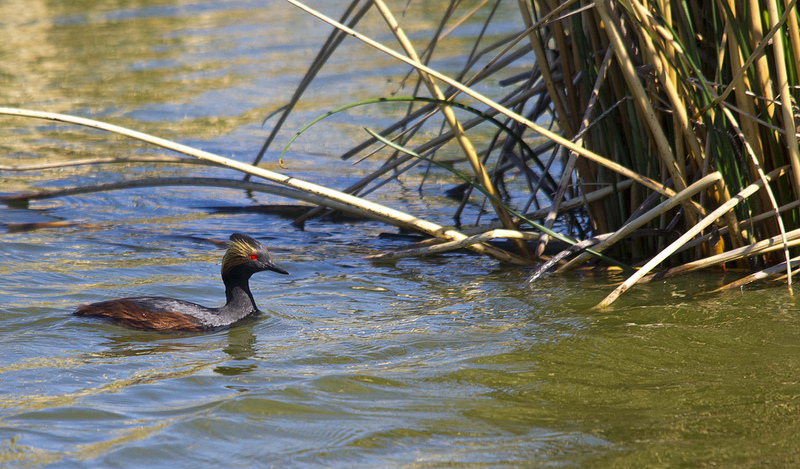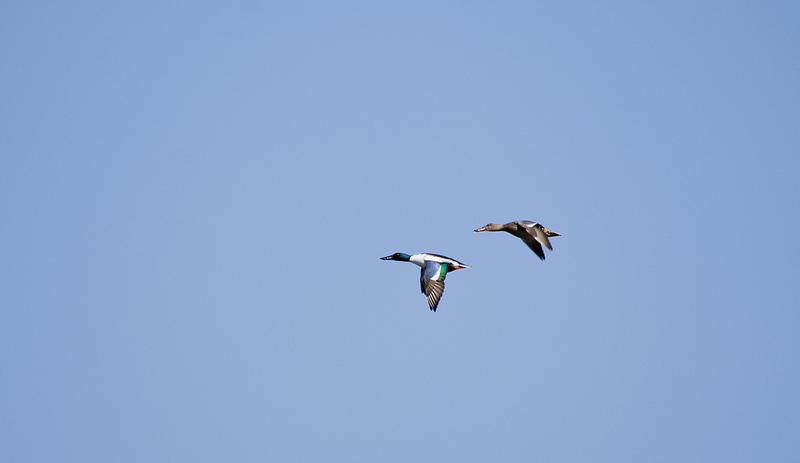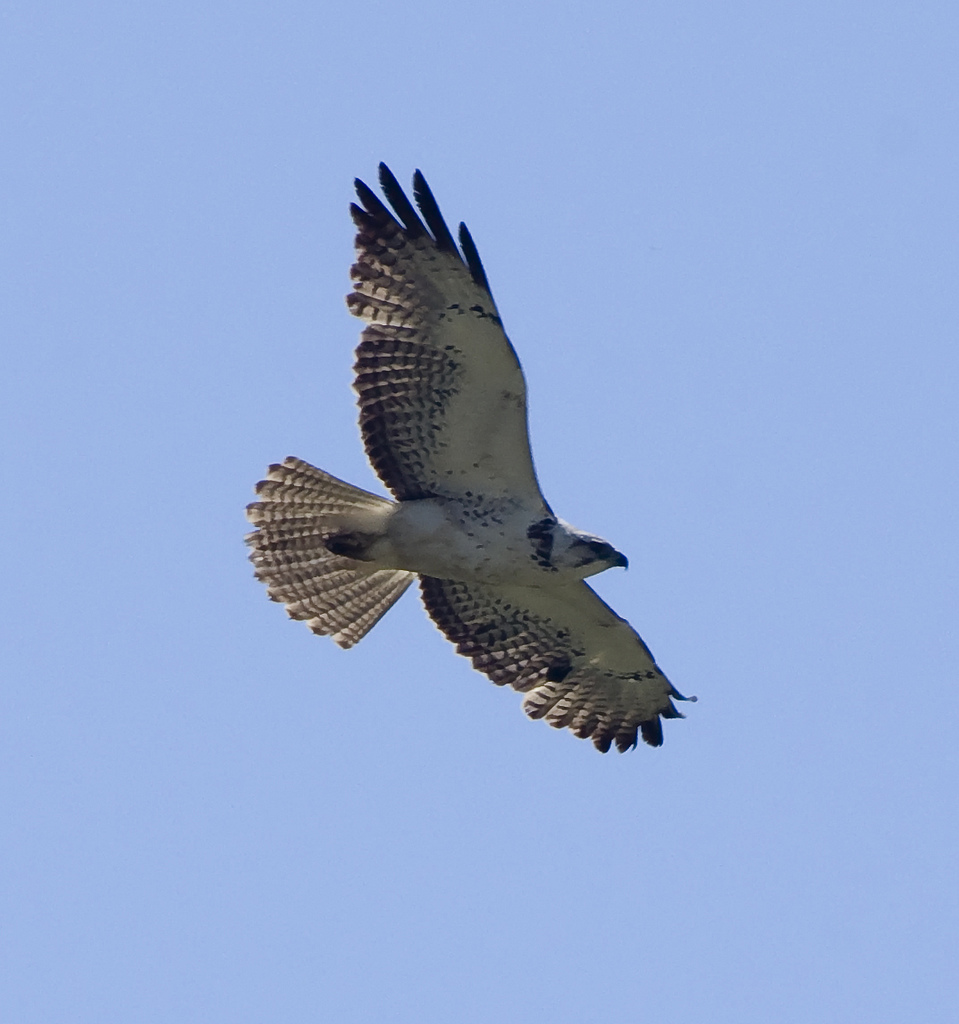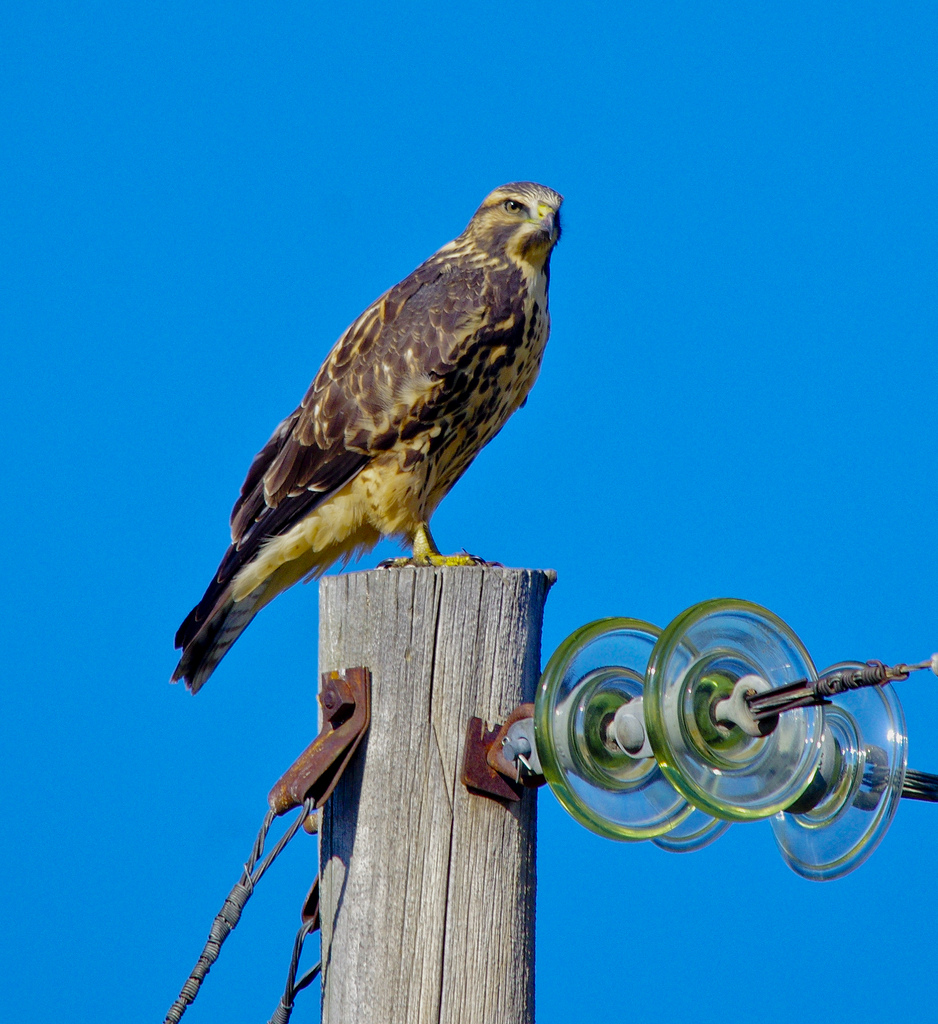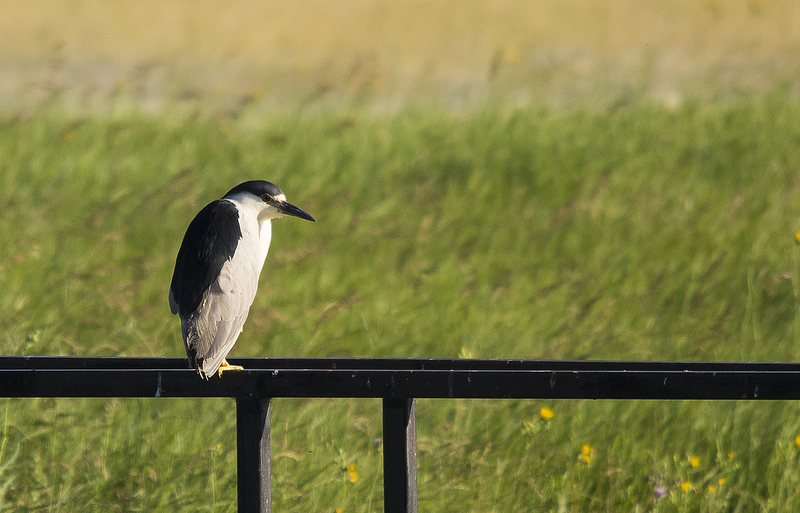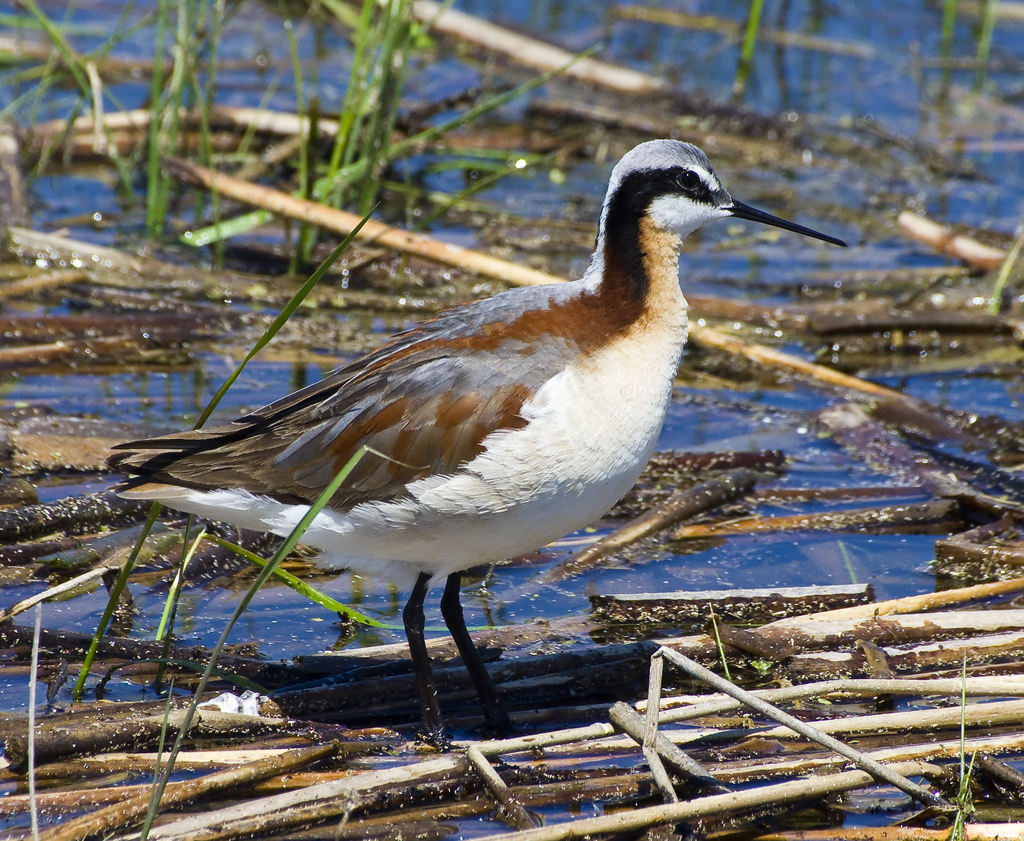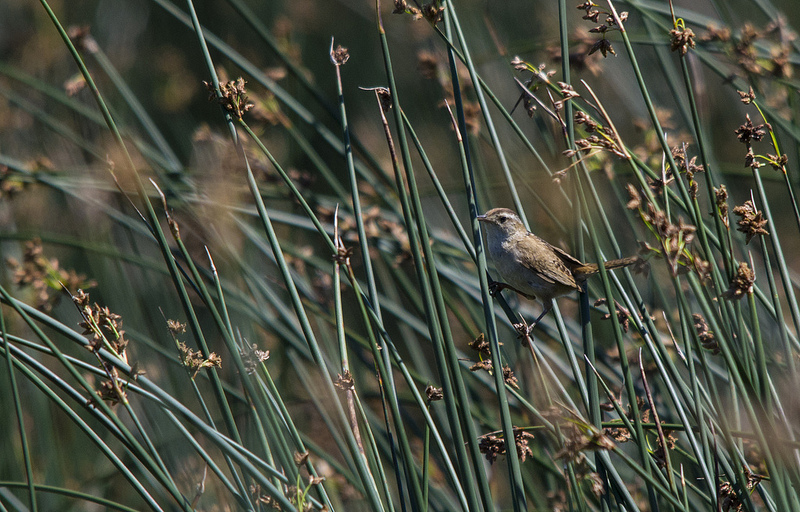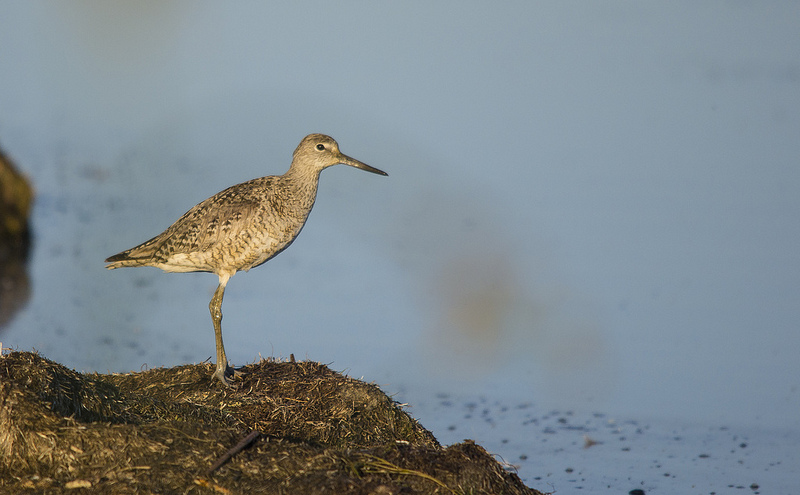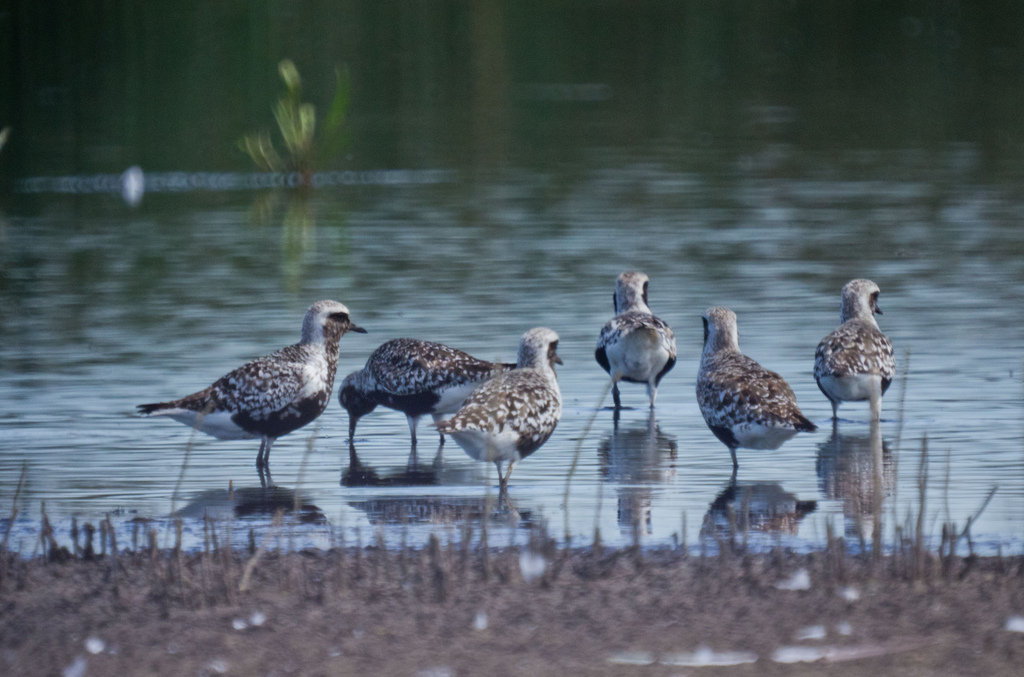Posted by Matthew Sim
As the fall migration starts to heat up and southbound warblers, vireos, flycatchers, sparrows and more pass through Calgary, birding can become quite exciting. While for us, this is a great time to be out and about, for the birds, it is dangerous; very dangerous. Migrating passerines (perching birds), for example, have to travel long distances all while on the lookout for predators such as hawks and cats, try to get food themselves and hope they don’t get caught in an early cold-snap which could potentially kill them. And this is just the beginning, there are even more dangers; one of them which is the most lethal of them all.
According to Sibley Guides Bird Mortalities, window strikes (when a bird hits a window) kill between 97 and 976 million birds each year, more than any other cause of bird deaths. (http://www.sibleyguides.com/conservation/causes-of-bird-mortality/). I was in my neighbor’s yard when I noticed one of these fatalities on his patio. While I had been there, a migrating Ovenbird had struck his window and had died. Though birds can crash into windows at any time of the year, window strikes tend to happen more frequently during migration as an influx of migrants come through unfamiliar territory, passing from tree to tree. As you can see in the photo below, it is quite easy for a bird to see its habitat reflected in a window and believe that it is simply another tree they are heading to; I’m sure most don’t know what hit them.
Many bird populations are declining already due to a number of reasons and we don’t need to help them along with reflective windows when we could easily prevent window strikes occurring.
Probably the worst part of all this is that window strikes are senseless; it’s not like natural selection where it was meant to happen, window strikes are part of our devastating side effects on nature; however, they can also be easily prevented.
There are many ways to prevent birds from striking windows. If you are having birds fly from your feeders or bird baths into windows, you can either move these bird attracting features further away (25-30 feet) from the window or closer (1-3 feet) to the window so that if the birds do hit the window at just 1-3 feet they will not be going fast enough to do any harm to themselves.
Apparently, there is also a material called CollidEscape which can reduce reflectivity and transparency on the outside but still leave the windows transparent from the inside. You can check it out here.
Here are a few more options:
- plant shade trees outside windows to break down reflections
- install snap-on window dividers
- put a hanging plant outside of the window
These are just a few of the ways you can avoid window strikes and help reduce the number of avian mortalities each year. Often, preventing window strikes can be as simple as closing the curtains or blinds when not using the windows. You can see even more solutions here.
If you have birds hitting your windows, there are many ways to stop it; help out bird populations!







































